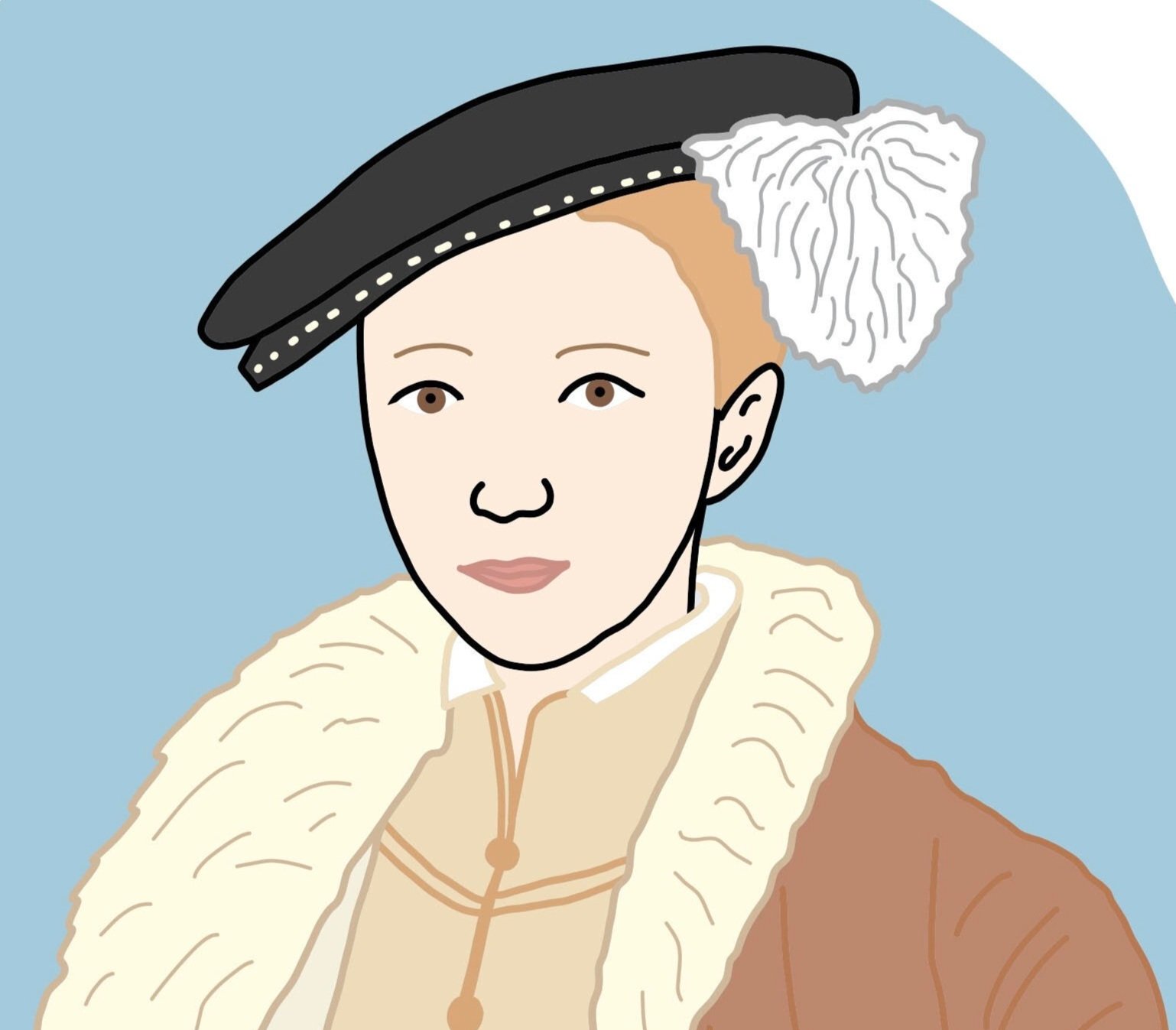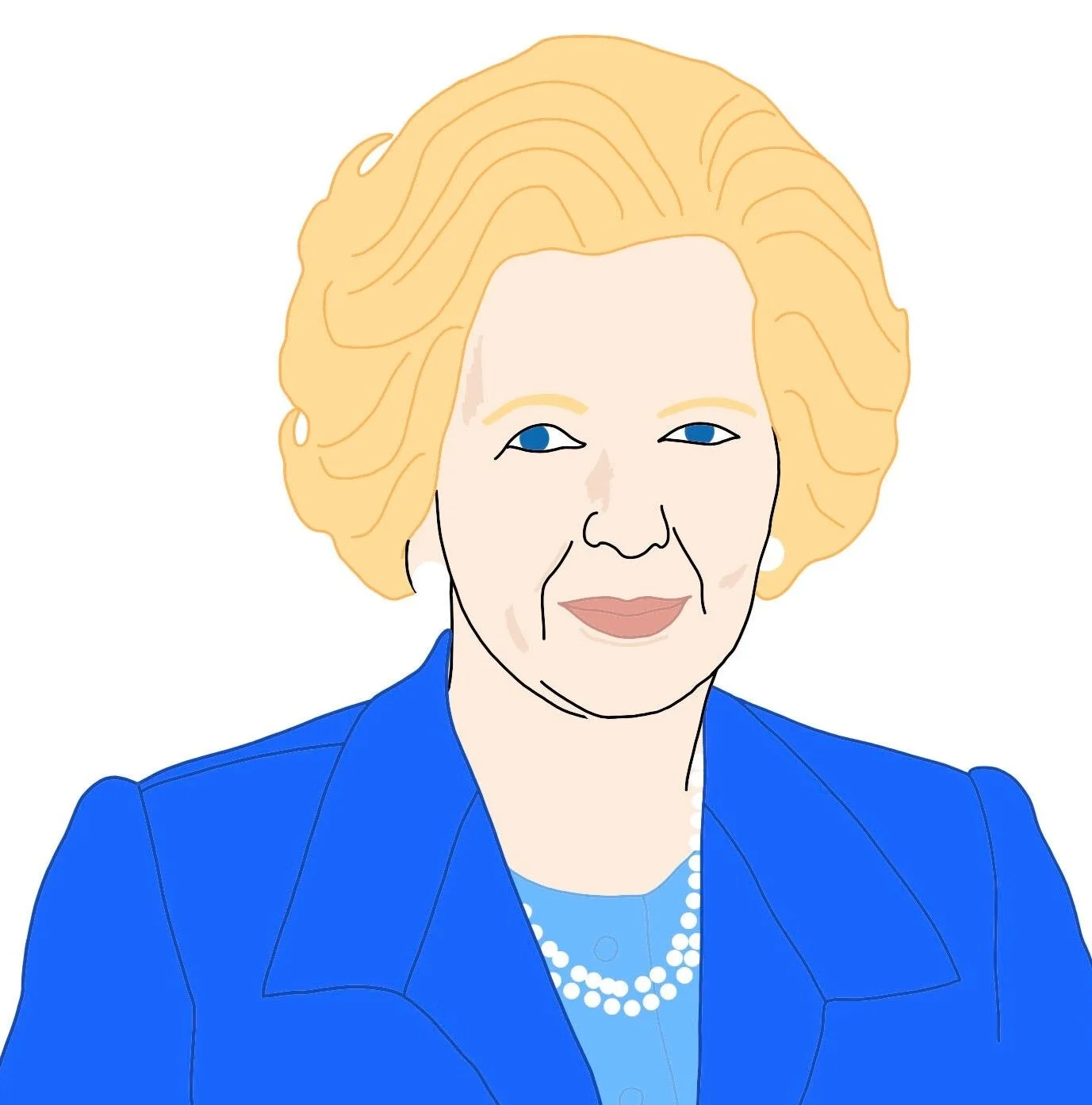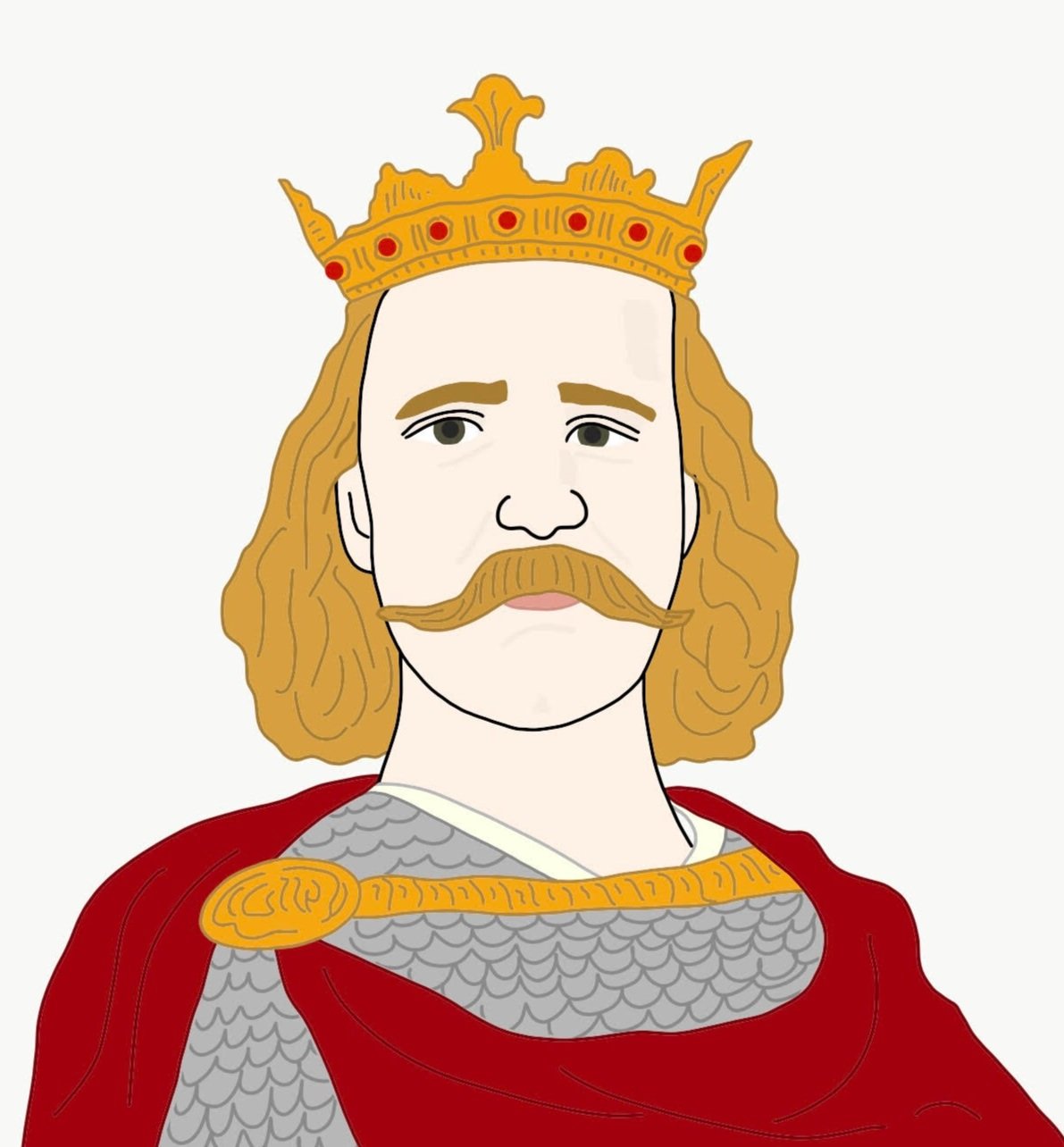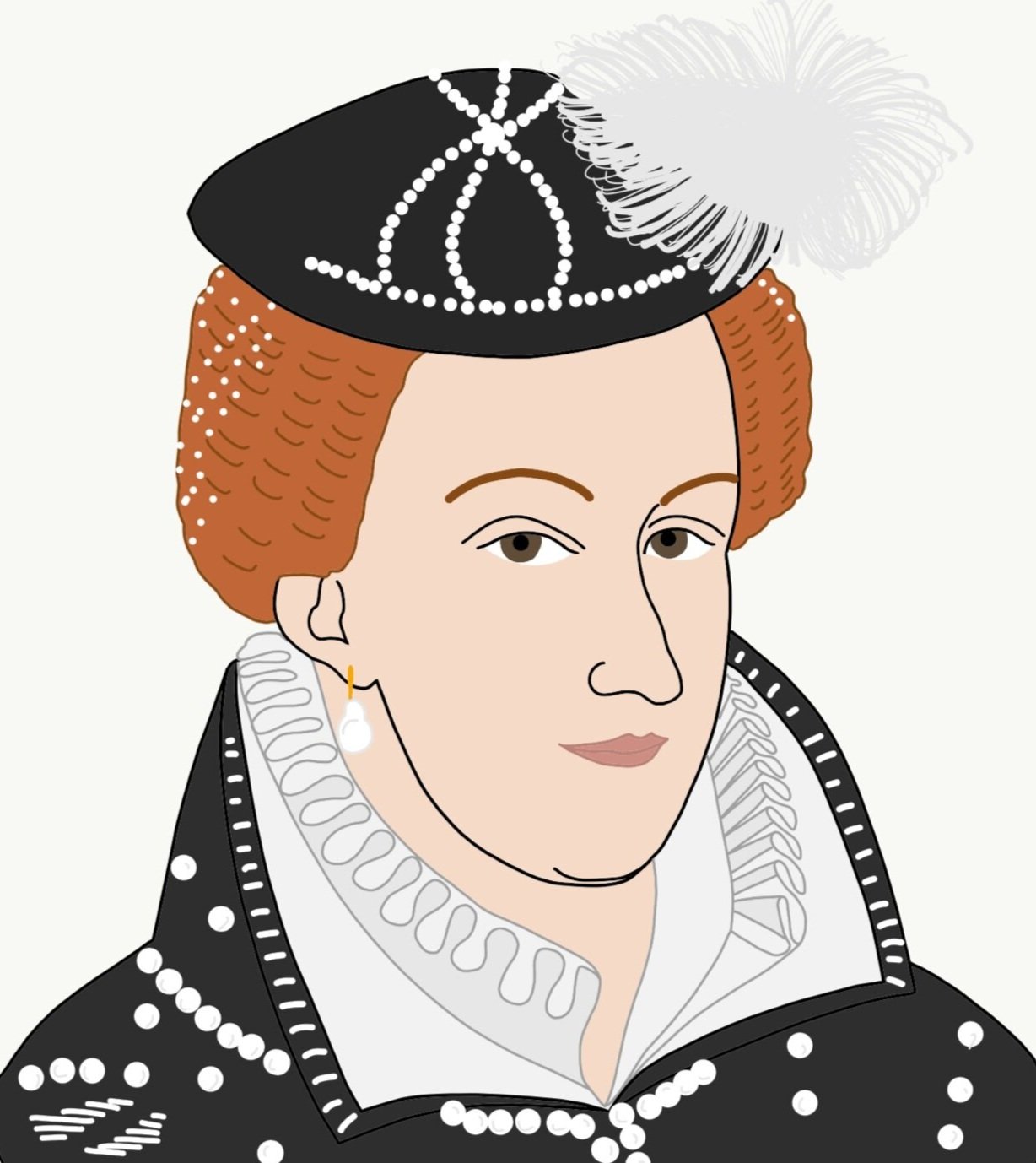October 10th - 16th
“A boy for Henry VIII; the Mary Rose sees daylight once more; the Houses of Parliament catch fire; and the most famous battle in English history took place this week…”
On 10th October…
1846 - William Lassell, an amateur astronomer from Bolton in England, discovered Triton the largest of Neptune’s moons. The planet Neptune had only been discovered 17 days beforehand.
WSPU is formed by Emmeline Pankhurst
1903 - Emmeline Pankhurst formed the Women’s Social and Political Union to fight for women’s rights in Britain.
On 11th October…
King Henry VIII declared Defender of the Faith
1521 - Pope Leo X gave the title of Defender of the Faith to King Henry VIII as an award for his book supporting the Catholic faith. Although this title was taken away by the Pope when Henry divorced Catherine of Aragon and broke away from the Roman Church, the British Parliament restored the title to the monarchy in 1544. Defender of the Faith is ‘Fidei Defensor’ in Latin, and the letters FD have been regularly used on British coins since the time of King George I.
George II is crowned King
1727 - King George II was crowned King of England at Westminster Abbey. His wife was crowned Queen Caroline by his side. The composer Handel was commissioned to create musical anthems for the coronation; one of them, ‘Zadok the Priest’ has been performed at every coronation of an English monarch ever since.
1982 - The Mary Rose, the pride of King Henry VIII’s fleet of ships, was raised from the seabed to viewers around the world on live television. The ship had sunk in the English Channel not far from Portsmouth in 1545 and had lain preserved on the seabed ever since, it is now on display in the Mary Rose Museum in Portsmouth, England.
On 12th October…
632 - The Battle of Hatfield Chase took place in Anglo-Saxon England. The kingdom of Northumbria was led by the first Christian king, King Edwin who fought fiercely against the joint forces of the pagans of the English kingdoms of Mercia and the Welsh kingdom of Gwynedd. Penda of Mercia and King Cadwallon of Gwynedd defeated King Edwin who was killed in the battle.
Henry VIII has a baby boy
1537 - Edward VI was born to King Henry VIII and his third wife, Jane Seymour. His mother died days after his birth. Edward became king at the age of nine years when his father King Henry VIII died, he was the first Protestant king of England. Unfortunately, Edward did not live long and died when he was fifteen years old.
1845 - Elizabeth Fry died at the age of sixty-five years. She was a Quaker and a prison and social reformer. Her work helped to make the treatment of prisoners more humane. She is depicted on the English £5 note.
1859 - Robert Stephenson the famous Victorian engineer died. He worked alongside his father George. Robert designed the Rocket locomotive which was the fastest steam engine of its time and able to pull carriages along the railways invented by his father.
On 13th October…
54CE - Claudius, the Roman Emperor died after eating poisonous mushrooms. He is the Roman Emperor who managed to conquer Britain.
Coronation of King Henry IV
1399 - Henry Bolingbroke was crowned King Henry IV of England at Westminster Abbey after deposing his cousin King Richard II.
1453 - Edward of Westminster, Prince of Wales was born. He was the only son of King Henry VI of England and Margaret Anjou.
Margaret Thatcher is born
1925 - Margaret Thatcher was born in Grantham, Lincolnshire England. She was the first female British Prime Minister.
On 14th October…
King Harold II killed in battle
1066 - The Battle of Hastings took place on the south coast of England between William Duke of Normandy and King Harold II of England. King Harold II was once again defending his throne; less than three weeks before, on 25th September, he had marched his army 185 miles north to fight off King Harald Hardrada of Norway and now he faced another attack, this time at the other end of the country from William of Normandy.
William believed he was the rightful king of England because King Edward the Confessor (the king before Harold) had promised him the crown and Harold had then sworn an oath to support William’s claim. William was obviously a little annoyed that Harold had taken the throne and was now King Harold II of England.
The battle was closely fought and lasted most of the day but eventually William and his army won the battle with King Harold dead, possibly killed by an arrow to his eye.
William was crowned King of England on Christmas Day and went on to become known as William the Conqueror. The Battle has been famously depicted in the Bayeux Tapestry which is nearly 70 metres long.
Edward II defeated and forced to accept Scottish Independence
1322 - During the Scottish Wars of Independence Robert the Bruce defeated King Edward II at the Battle of Byland forcing King Edward II to accept Scottish Independence.
Mary Queen of Scots is put on trial
1586 - The trial of Mary Queen of Scots began at Fotheringhay Castle in Northamptonshire. She was being tried on the charges of conspiracy to assassinate her cousin, Queen Elizabeth I of England. The trial lasted two days but sentencing was delayed for as long as possible on the orders of Queen Elizabeth I.
James VII & II is born in London
1633 - King James VII and II was born in St James’s Palace in London. He was the second son of King Charles I and became King of England when his older brother King Charles II died.
On 15th October…
1987 - Hurricane strength winds of up to 115mph swept across the south of Britain overnight and into the 16th October causing devastation and killing 18 people. The hurricane had not been predicted and only severe weather warnings of heavy rain and wind were given for the south coast of England. Famously weatherman on BBC Television even quashed rumours of a hurricane on the way by saying, “Don’t worry, there isn’t one.” People woke up the next morning to find trees ripped up from their roots and strewn across roads, roofs completely gone and even a rowing boat blown 400 metres inland from the sea It was estimated that 15 million trees were lost overnight.
On 16th October…
1430 - King James II of Scotland was born. He was the only son of King James I and became king at the age of 6 years when his father was assassinated.
1555 - Nicholas Ridley, Bishop of London and Hugh Latimer, Bishop of Worcester, were burned at the stake in Oxford for their Protestant beliefs. England at the time was under the reign of Queen Mary I who was intent on making England a Catholic country once more. The two men have become known as the Oxford Martyrs.
Parliament is on fire
1834 - A huge fire broke out in the Palace of Westminster destroying both Houses of Parliament and most of the buildings on site. The fire was captured in paintings by the artist J.M.W. Turner who was an eyewitness of the event.
The building we know today was designed by Charles Barry and took more than 30 years to build.
1946 - Ten Nazi leaders were hanged for their war crimes of World War II after being found guilty at the Nuremberg Trials. The trials were a series of court hearings in which former Nazi leaders were tried as war criminals by the International Military Tribunal.
1950 - The Lion, The Witch, and the Wardrobe written by C.S. Lewis was first published in London. It is the first book in the Chronicles of Narnia series.










